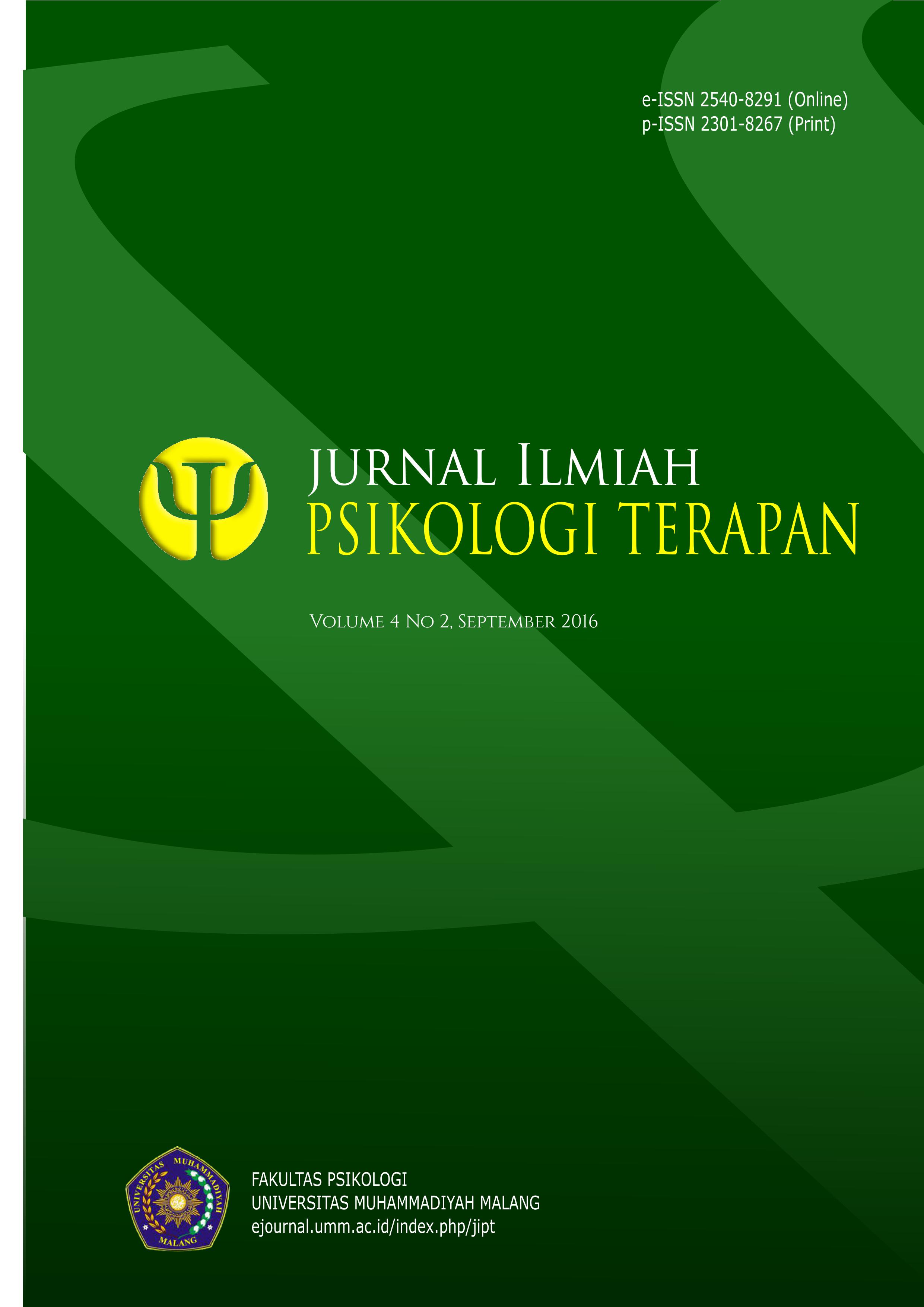TEPATKAH NIJMEEGSE SCHOOLBEKWAAMHEIDS TEST (NST) UNTUK MENGUKUR KESIAPAN SEKOLAH SISWA SEKOLAH DASAR AWAL PADA KONTEKS INDONESIA? (ANALISIS EMPIRIK BERDASAR TEORI TES KLASIK)
DOI:
https://doi.org/10.22219/jipt.v4i2.3520Keywords:
Nijmeegse Schoolbekwaamheids Test (NST), Classical Test Theory, item analysis, constructs validity, reliability, school readinessAbstract
Nijmeegse Schoolbekwaamheids Test (NST) merupakan salah satu tes untuk mengukur kesiapan anak masuk sekolah dasar. Penelitian ini merupakan penelitian deskriptif yang bertujuan untuk mengetahui kualitas NST secara empirik berdasarkan classical test teori sebagai instrumen pengukuran pada konteks budaya Indonesia. Subjek yang digunakan dalam penelitian ini berjumlah 343 anak usia dini yang akan masuk sekolah dasar. Adapun analisis data yang digunakan dalam penelitian ini terdiri dari analisis aitem (indeks diskriminasi aitem dan indeks kesukaran aitem), validitas konstruk dengan pendekatan analisis faktor serta reliabilitas. Hasil analisis aitem menunjukkan bahwa dari 10 sub tes NST ditemukan ada 4 sub tes yang beberapa aitemnya memiliki daya diskriminasi dibawah 0,25. Hasil analisis faktor untuk mengetahui validitas konstruk menunjukkan bahwa antar sub tes NST memiliki hubungan yang signifikan, selain itu ditemukan bahwa subtes NST terbagi menjadi 2 faktor utama. Sedangkan hasil analisis reliabilitas skala NST dengan menggunakan Cronbach’s Alpha sebesar 0,851.
Kata Kunci: Nijmeegse Schoolbekwaamheids Test (NST), Teori Classical Test, analisis aitem, validitas konstruk, reliabilitas, kesiapan sekolah.
Nijmeegse Schoolbekwaamheids Test (NST) was a test to measure the readiness of children attend primary school. This research was a descriptive study that aims to determine the quality of the NST was empirically based on classical test theory as an instrument in the context of Indonesian culture. The subjects used in this study amounted to 343 young children who will enter elementary school. The analysis of the data used in this study consisted of the analysis of item (item discrimination index and the index item difficulty), construct validity with factor analysis approach and reliability. Item analysis results showed that of the 10 sub-tests NST found there are 4 sub-tests that some items had the power of discrimination under 0,25. The results of the factor analysis to determine the construct validity show that between sub tests NST had a significant relationship, but it was found that the NST subtest is divided into two main factors. While the results of the analysis of NST scale reliability by using Cronbach's Alpha of 0,851.
Key words: Nijmeegse Schoolbekwaamheids Test (NST), Classical Test Theory, item analysis, constructs validity, reliability, school readiness.
Downloads
Downloads
Published
How to Cite
Issue
Section
License
Authors who publish with Jurnal Ilmiah Psikologi Terapan agree to the following terms:
- For all articles published in Jurnal Ilmiah Psikologi Terapan, copyright is retained by the authors. Authors give permission to the publisher to announce the work with conditions. When the manuscript is accepted for publication, the authors agree to automatic transfer of the publishing right to the publisher.
- Authors retain copyright and grant the journal right of first publication with the work simultaneously licensed under a Creative Commons Attribution-ShareAlike 4.0 International License that allows others to share the work with an acknowledgment of the work's authorship and initial publication in this journal.
- Authors are able to enter into separate, additional contractual arrangements for the non-exclusive distribution of the journal's published version of the work (e.g., post it to an institutional repository or publish it in a book), with an acknowledgment of its initial publication in this journal.
- Authors are permitted and encouraged to post their work online (e.g., in institutional repositories or on their website) prior to and during the submission process, as it can lead to productive exchanges, as well as earlier and greater citation of published work (See The Effect of Open Access).

This work is licensed under a Creative Commons Attribution-ShareAlike 4.0 International License.











